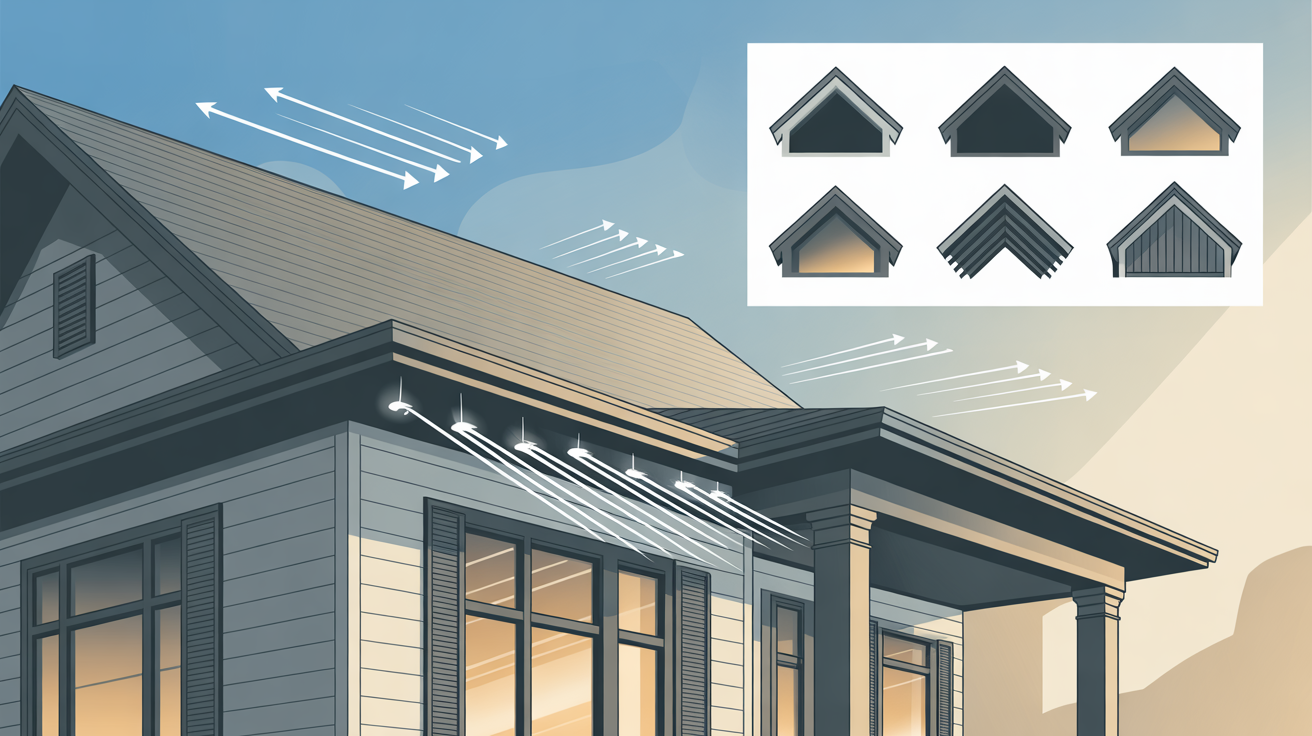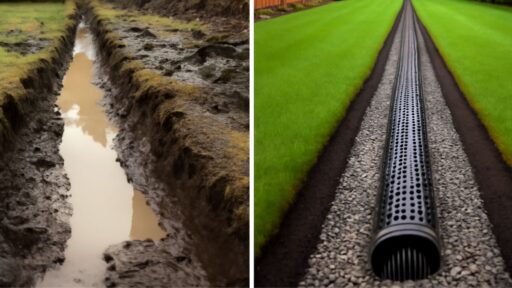I know roof eaves might not be something you think about every day, but they’re more important than they look.
If you’ve ever seen water dripping too close to your house or noticed paint peeling near the roof, it might be because the eaves aren’t doing their job.
I’ll walk you through what roof eaves are, why they matter, and how they’re built. I’ll also show you different styles, what signs to look for if they’re damaged, and how to take care of them.
If you’re fixing up an older home or planning something new, this will help you understand what to do and what to look out for.
My goal is to make things simple and useful, without any confusing terms. I want you to feel clear and confident by the end of this.
You don’t need to be an expert – I’ll guide you through it all, step by step, so you can make smart choices for your home.
What Are Roof Eaves?

Roof eaves are the edges of your roof that stick out past the walls of your house. You’ve probably seen them without even knowing what they were called.
They help keep rain, snow, and even leaves from hitting your walls and windows directly.
An eave is made up of a few parts: the soffit, which is the bottom part you see when you look up, and the fascia, which is the front board where gutters are usually attached.
These pieces work together to move water away from your home and give air a way to flow through the attic.
Eaves are more than just a roof detail- they help your house stay dry and strong. Without them, water could cause serious damage over time.
Now that you know what they are, you’ll see just how useful they really are every time you look at a house.
Why Roof Eaves Matter

You might not notice the roof eaves until something goes wrong. But once you understand what they do, it’s easy to see why they’re so important.
- Keep Water Away: Eaves help push rain and snow away from the walls and windows so water doesn’t drip down the sides of your house.
- Protect the Foundation: By moving water away, eaves help stop water from pooling near the base of your home, which can cause cracks or damage over time.
- Help Air Flow: Vents in the soffit let fresh air into the attic, which helps keep it cool and dry.
- Stop Mold and Rot: Less trapped moisture means you’re less likely to deal with mold or wood rot near your roof.
- Save Money on Repairs: With good eaves in place, your home stays stronger, and you can avoid bigger problems later on.
- Keep the Roof Lasting Longer: Good airflow and less water damage help your roof last more years without major fixes.
Types and Styles of Roof Eaves

When I started learning about roof parts, I was surprised to see how many different eave styles there are. Not all roof eaves look the same, and each type adds a different touch to a home’s look and function.
I put together this simple table to help you quickly see the differences between them – how they’re built, what they look like, and where you might see them.
| Eave Style | Description | Common Use |
|---|---|---|
| Open Eaves | Rafters are visible and extend out from the roof. | Older homes, rustic designs |
| Closed Eaves | Rafters are hidden with flat boards underneath. | Clean, modern finishes |
| Boxed-In Eaves | Fully enclosed on the bottom and sides, forming a box shape. | Newer homes, tidy appearance |
| Exposed Rafters | Beams are fully visible for a decorative effect. | Craftsman or classic styles |
I didn’t realize how much roof eaves could affect the look of a home until I started noticing them. Now, I see how each style adds its own character and function.
Standards and Guidelines for Roof Eaves
Before building or fixing roof eaves, it’s important to understand a few basic rules to make sure they’re safe and built the right way.
Every city or town has its own building codes that explain how far eaves can stick out and how they should be constructed.
It’s always smart to check with your local building office before starting any work. In most homes, eaves usually hang over about 12 to 24 inches, but this can vary depending on your climate.
If you live in a place with a lot of rain or snow, longer eaves might help keep the walls dry. The materials you use also matter.
Eaves can be made from wood, metal, vinyl, or fiber cement. The right choice depends on your home’s style and the weather in your area.
For example, metal may hold up better in wet conditions, while wood might match the look of an older house.
Signs of Roof Eave Damage
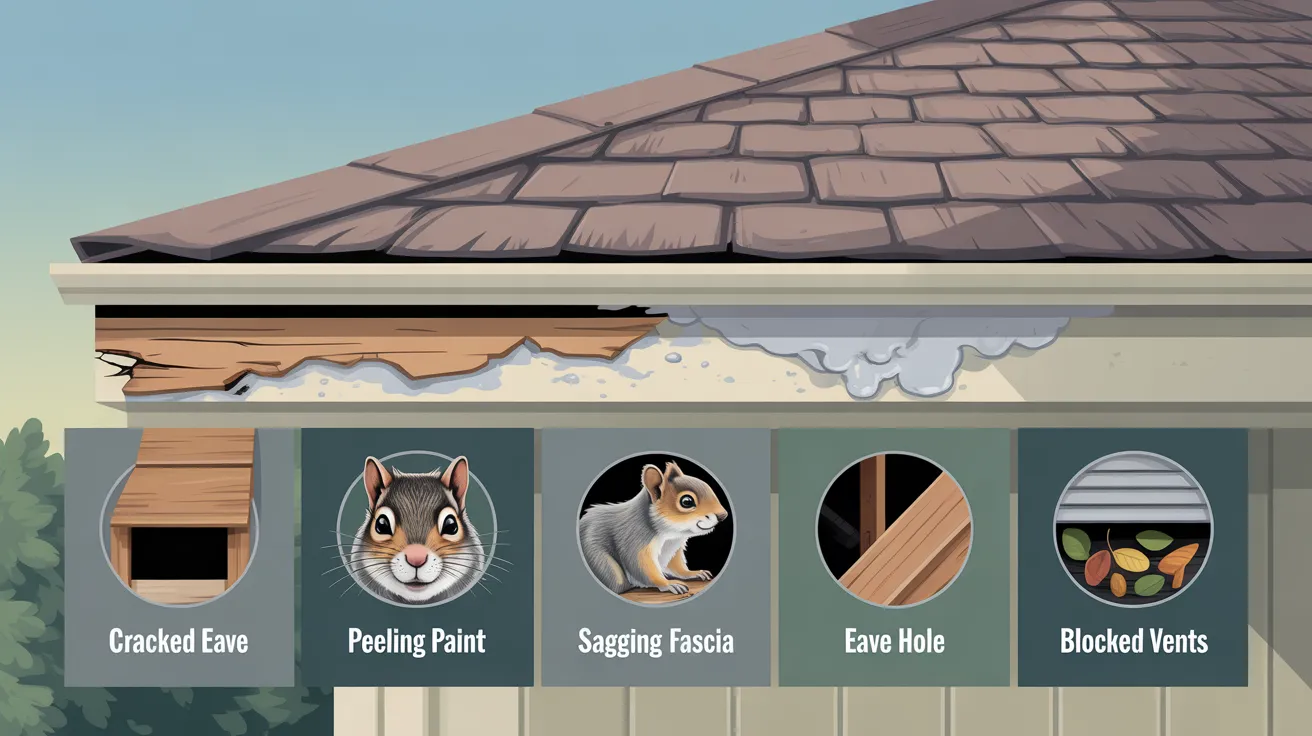
Roof eaves can wear out over time, especially if they face lots of rain, wind, or snow. Knowing what to look for can help you catch problems early and avoid bigger repairs later.
- Cracks or Soft Spots: If parts of the eave feel soft or look cracked, it could mean the wood is starting to rot.
- Water Stains or Peeling Paint: Brown stains or peeling paint near the eaves are signs that water is getting in where it shouldn’t.
- Sagging or Bent Areas: If the eaves look uneven or droopy, something might be broken underneath, like the support boards.
- Pests or Insects: Gaps or holes in the eaves can let in birds, bees, or even squirrels looking for a place to hide.
- Blocked Vents: If the soffit vents are clogged with dirt or nests, your attic might not be getting enough fresh air.
How Roof Eaves Affect Energy Use
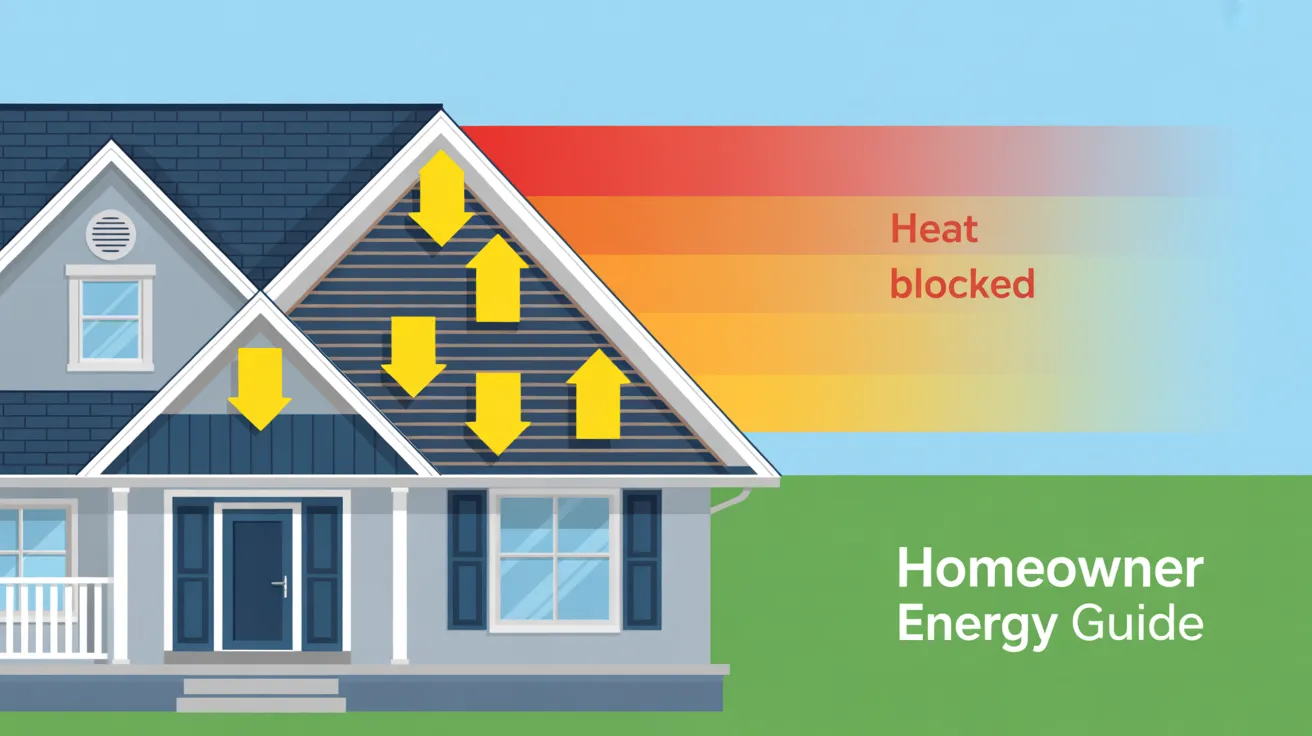
You might not think of roof eaves when it comes to saving energy, but they actually play a big part.
Eaves help block the sun from hitting your windows during the hottest parts of the day.
This keeps the inside of your home cooler, especially in the summer, so you don’t have to run the fan or air conditioner as much.
Eaves also help air flow into your attic through the soffit vents. This airflow keeps hot air from getting trapped up there, which can make your whole house warmer.
When your attic stays cooler, your roof lasts longer too.
So even though they seem simple, roof eaves help your home use less energy and stay more comfortable.
If you live in a sunny or warm area, the right size and shape of eaves can really make a difference in how cool your house feels inside.
Maintenance Tips for Roof Eaves
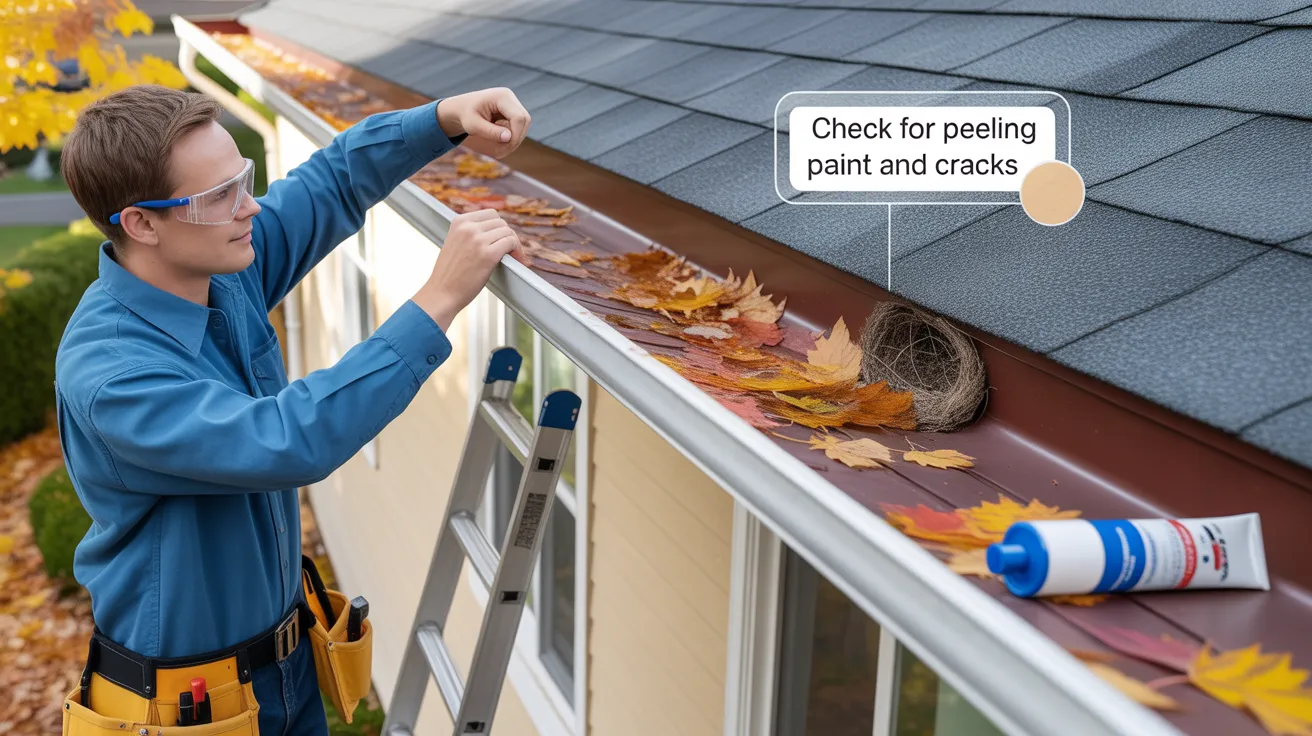
Taking care of your roof eaves doesn’t have to be hard, but it is something you should do regularly. A little attention can go a long way in keeping your home safe and in good shape.
- Check twice a year: Look at your roof eaves in the spring and fall to catch problems early.
- Look for damage: Watch for peeling paint, cracks, soft wood, or dark stains. These can be signs of water damage or wear.
- Keep gutters clean: Clogged gutters can cause water to spill over and damage the eaves. Clear out leaves, sticks, and other debris.
- Make sure vents are clear: Soffit vents help air flow into the attic. Keep them free of dust, leaves, or bird nests.
- Seal small gaps: Close up holes or cracks to keep out bugs and small animals that might try to nest there.
- Fix or replace when needed: If you find wood that’s soft or badly damaged, it may need to be repaired or replaced by a professional.
Conclusion
I hope this guide helped you understand roof eaves a little better. They might seem like a small part of your home, but they do a lot to keep it safe and strong.
From keeping rain away to letting air into your attic, eaves play a big role in protecting your house.
If you ever noticed peeling paint, soft spots, or sagging boards near your roof, now you know what to look for and what it might mean.
Taking care of your eaves with simple checks and cleaning can save you a lot of trouble down the road.
If you’re planning a new roof or just trying to keep your current one in good shape, knowing how eaves work makes a big difference.
I wrote this to make things clear and easy to follow-and I hope you feel more confident now when it comes to your home’s roof.
Wondering what to do about an aging roof? Read Roof Repair vs. Replacement: Which Is Better for You to help you make the right choice for your home and budget.


